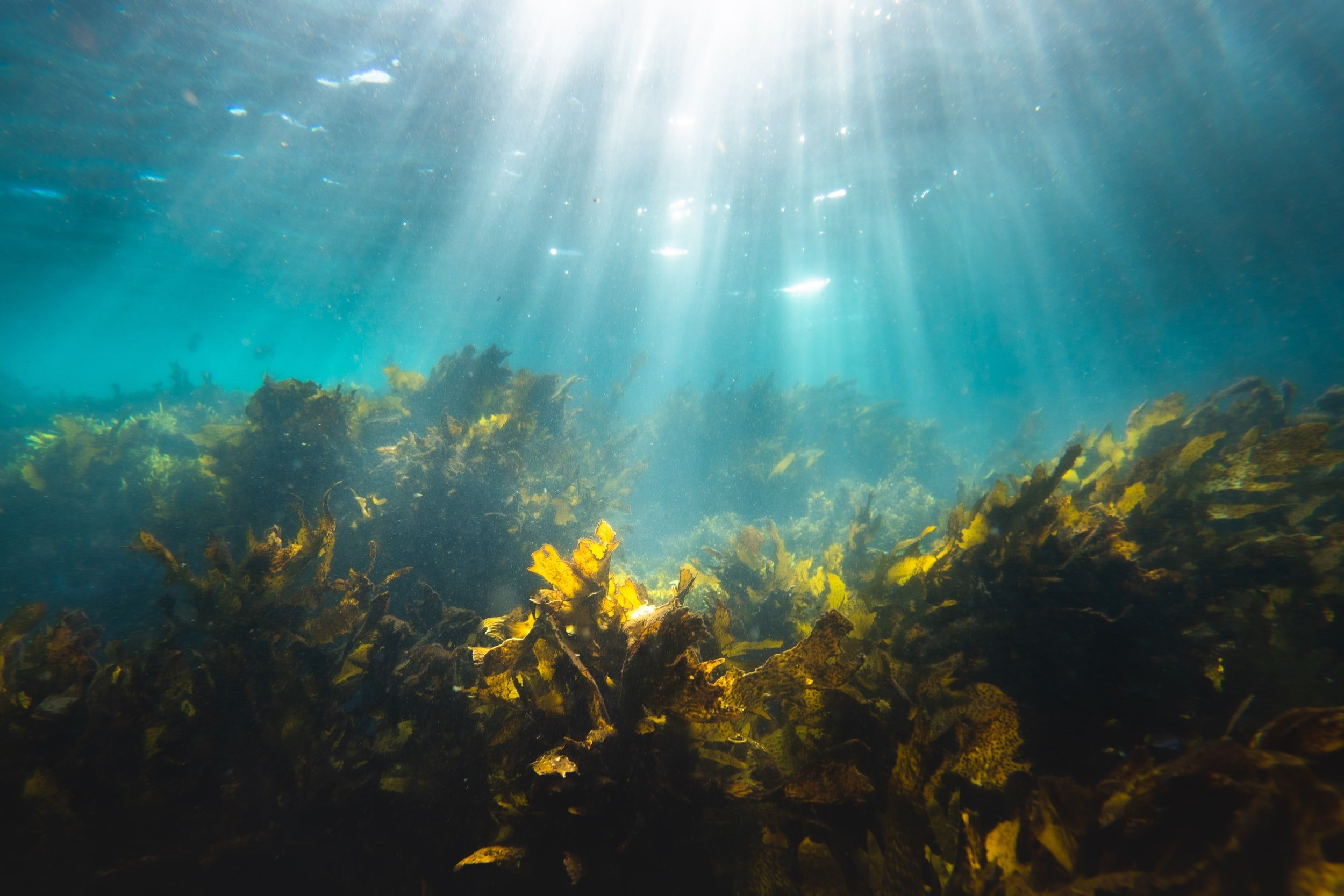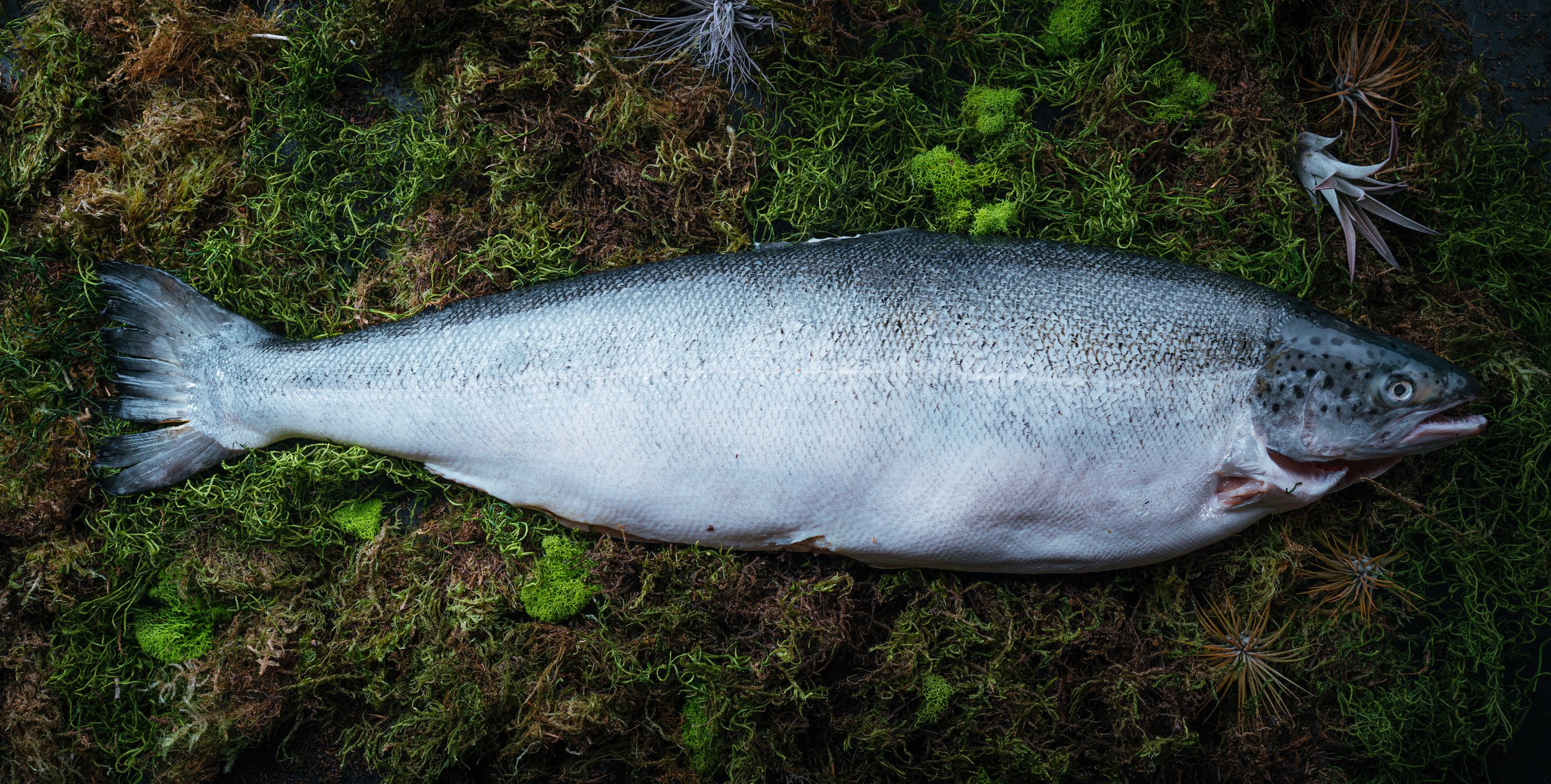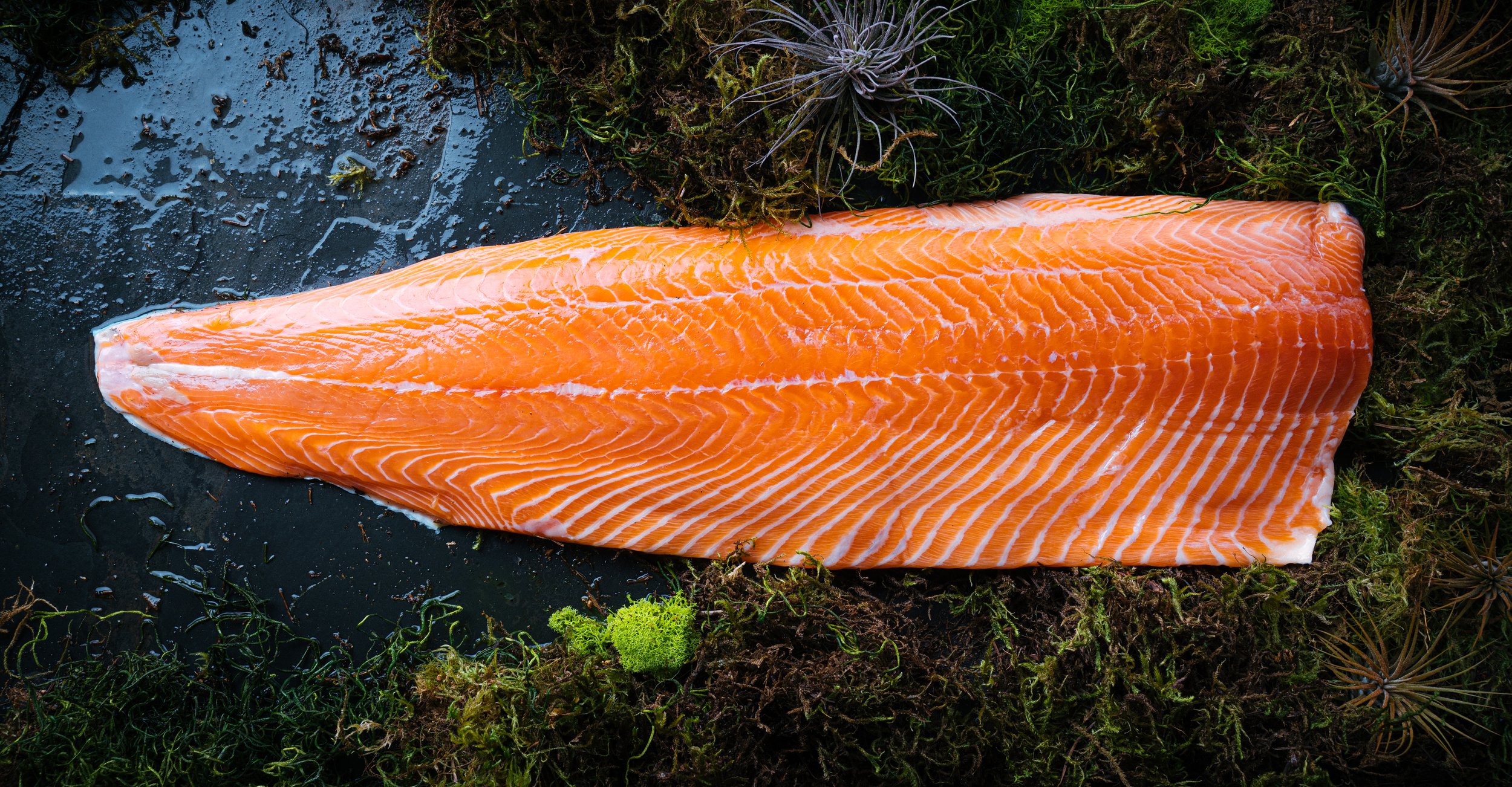What Are Blue Foods & What Is Their Role In The Future of Sustainable Food?
How do we help our oceans recover when over 90% of them are exploited and are fished to capacity or over capacity? With over 4.6 million fishing boats in our oceans today, it is simply impossible for wild fish populations to keep up the pace at which we are fishing.
It's commonly believed that the root of the ocean’s demise is the demand for fish and seafood, and that if we stop eating fish or all go vegan, we'll solve the problem. The issue lies more so though with large-scale commercial fishing than it does with the consumption of fish and seafood overall. Furthermore, something as intricate and interconnected as the ocean ecosystem will take multiple solutions to solve the issue.
And with a planet that is projected to have 10 billion people, it is simply unrealistic that we can leave the oceans out of the food-sourcing equation. Over 3 billion people across the world depend on fish and seafood as their primary source of protein, and fish supply is responsible for 17% of all protein consumed in the world. Plus, our precious planet is over 71% water and it's easy to understand why well-managed oceans are essential to our future food system.
This is a rare moment in history when we can build and scale a new food system—the BLUE food system.
Recognizing a New Path
It is time to recognize that there are blue foods—sustainable sources of seaweed, fish, and seafood from the water—that are essential to our well-being and are both farmed and wild-caught. In fact, in the United States alone, we are already eating nearly 65% farmed fish and seafood products.
When done right, aquaculture uses very little land, water, or feed and has one of the smallest resource footprints of any animal protein production. The aquaculture industry currently produces less than .5 percent of the total greenhouse gas (ghg) footprint globally. But we can still do better.
If properly managed, the oceans can keep up with the growing demand for what is termed “Blue Foods."
The Last Wild Frontier
The oceans are truly the last wild frontier. They deserve protection in the same way that Yellowstone National Park is protected for its beauty, wild rawness, plants, and animals.
If we treat the oceans in the same way, using what some conservation circles call the "30x30 model" (protecting 30% of our ocean spaces by 2030), while recognizing the need to build a blue food resource, it is possible to restore our oceans to abundance—even in the face of climate change. Aquaculture done well will play a vital role in supporting ocean regeneration by allowing depleted fisheries to have the break that it needs.
The establishment of marine sanctuaries is also critical to helping build our oceans’ biodiversity.
Food for the Future
To get there, we will have to acknowledge aquaculture’s full history (including the good, the bad, and the ugly), support ethical, sustainable water farmers, and educate ourselves about the full picture. We cannot simply shift our food systems to land-based agriculture for the production of alternative protein sources or plant-based seafood—the resource use is only one factor that makes this option impossible.
In addition, we must acknowledge the fact that over 800 million people globally depend upon these blue foods for their livelihoods. In fact, 2/3 of the blue foods produced globally are from small-scale fisheries and aquaculture systems. Eliminating this is not only unrealistic, but the resulting economic effects would be catastrophic. This is especially true for women as over half of this workforce is female.
There is a way to grow and scale a blue food system that is not only equitable but also provides a scalable nutritious food source. According to Dr. Agnes Kalibata, special envoy to the UN Food Systems Summit, “Blue foods are critical for nutrition and food security for millions of people around the world; they are a cornerstone of livelihoods, economies, and culture for many communities. Blue foods can transform our foods system to ensure equity and sustainability.”
In short, we can build a more climate change resilient food system that includes blue foods at a time in history when it’s needed most





